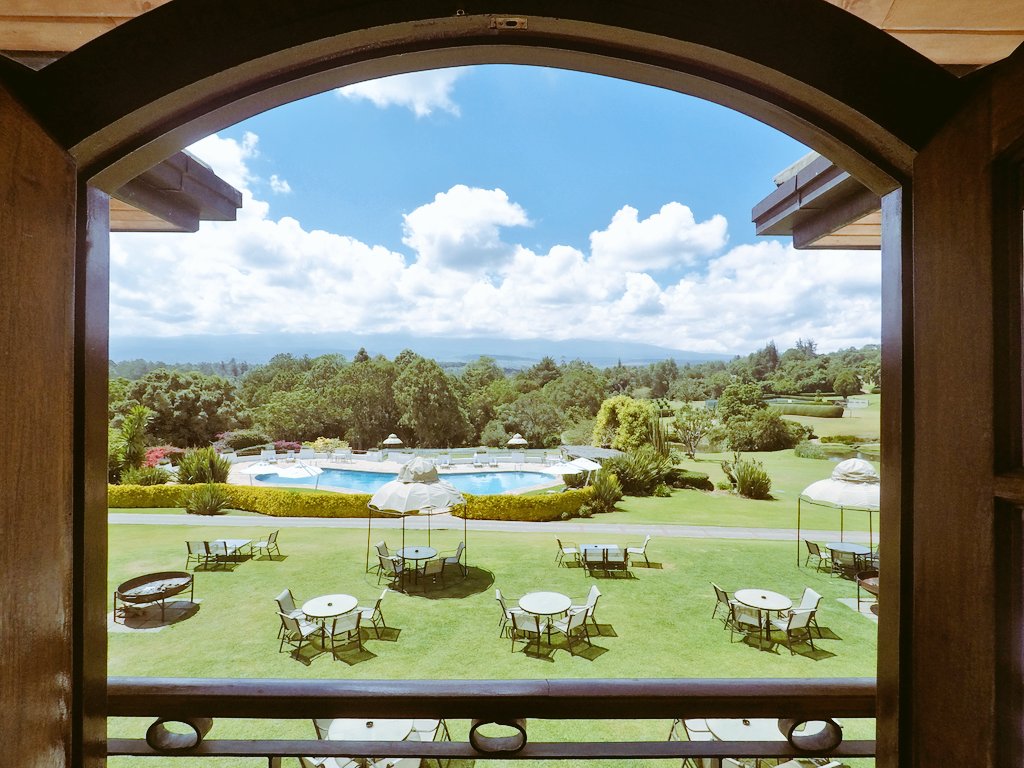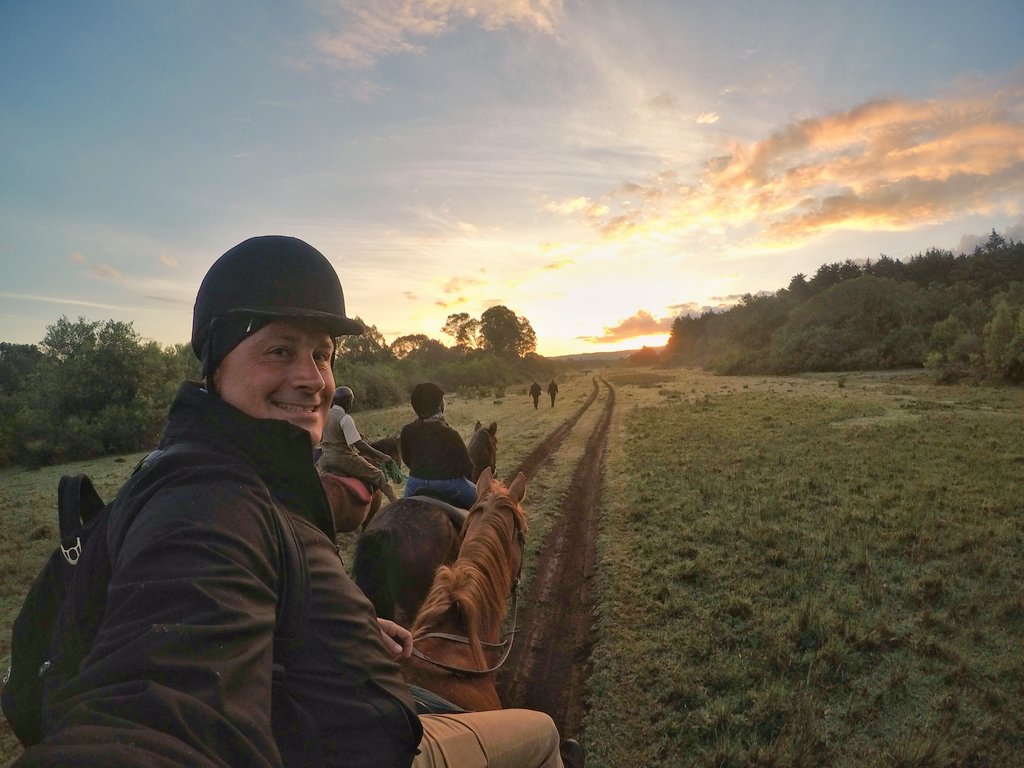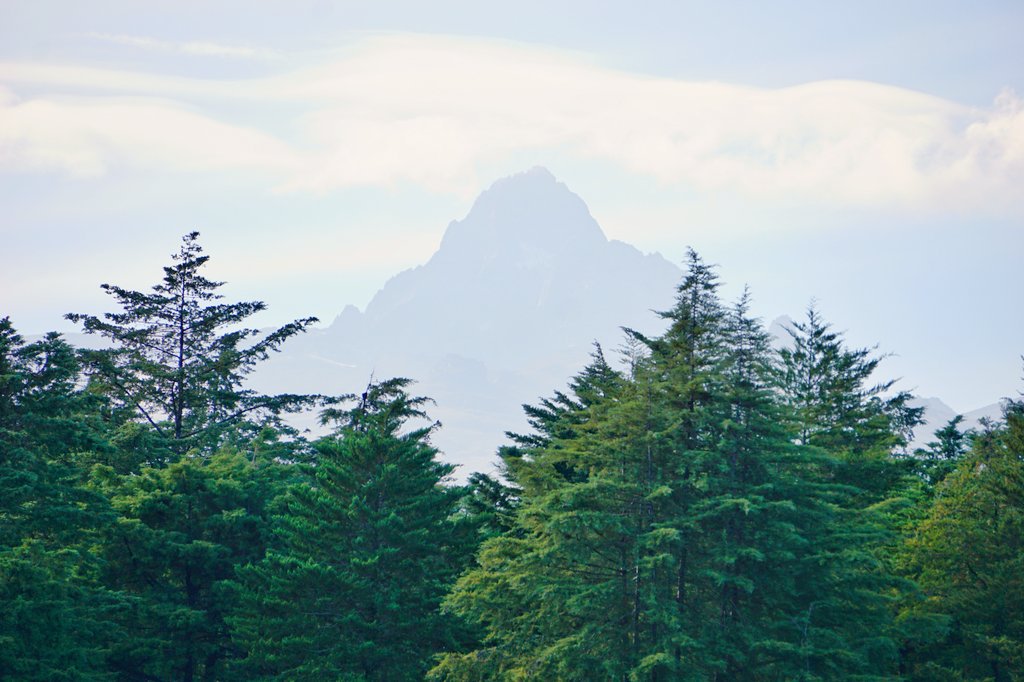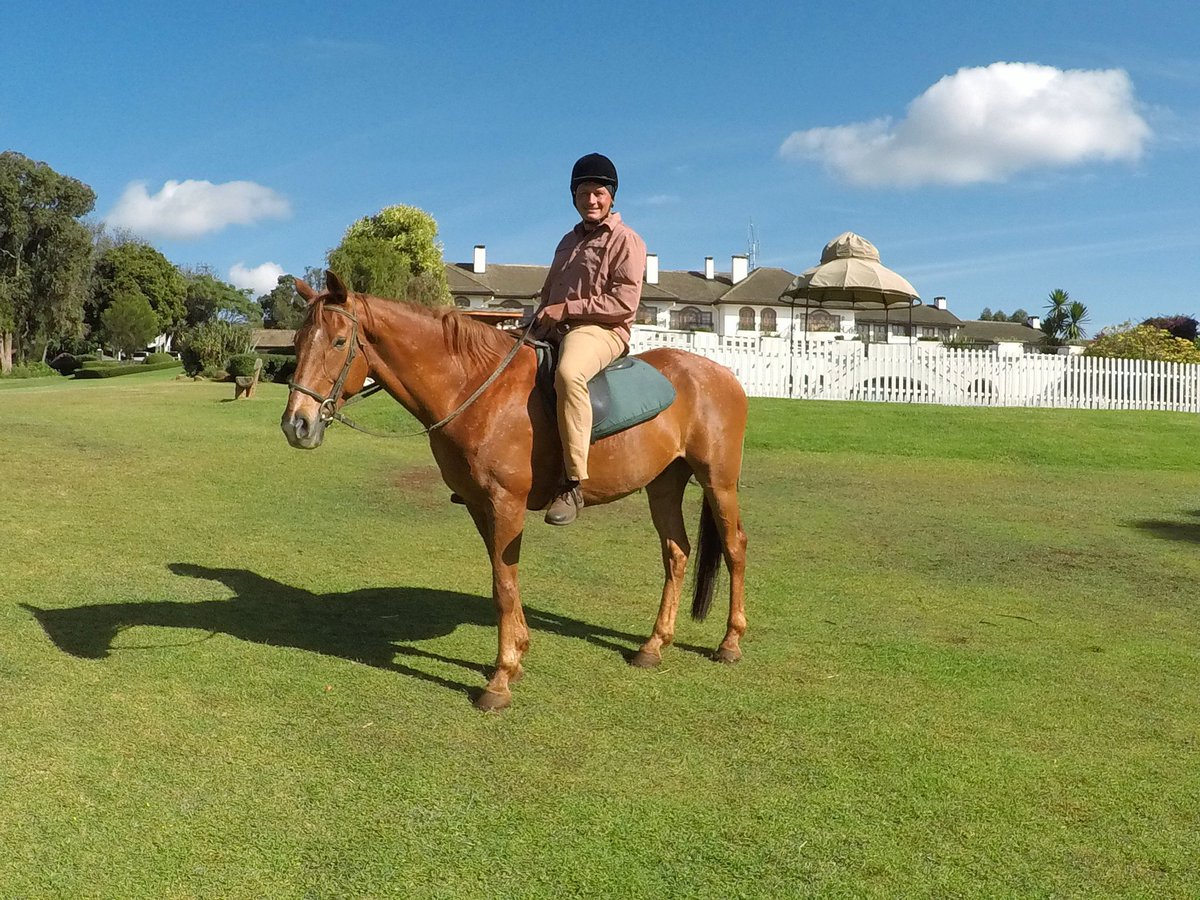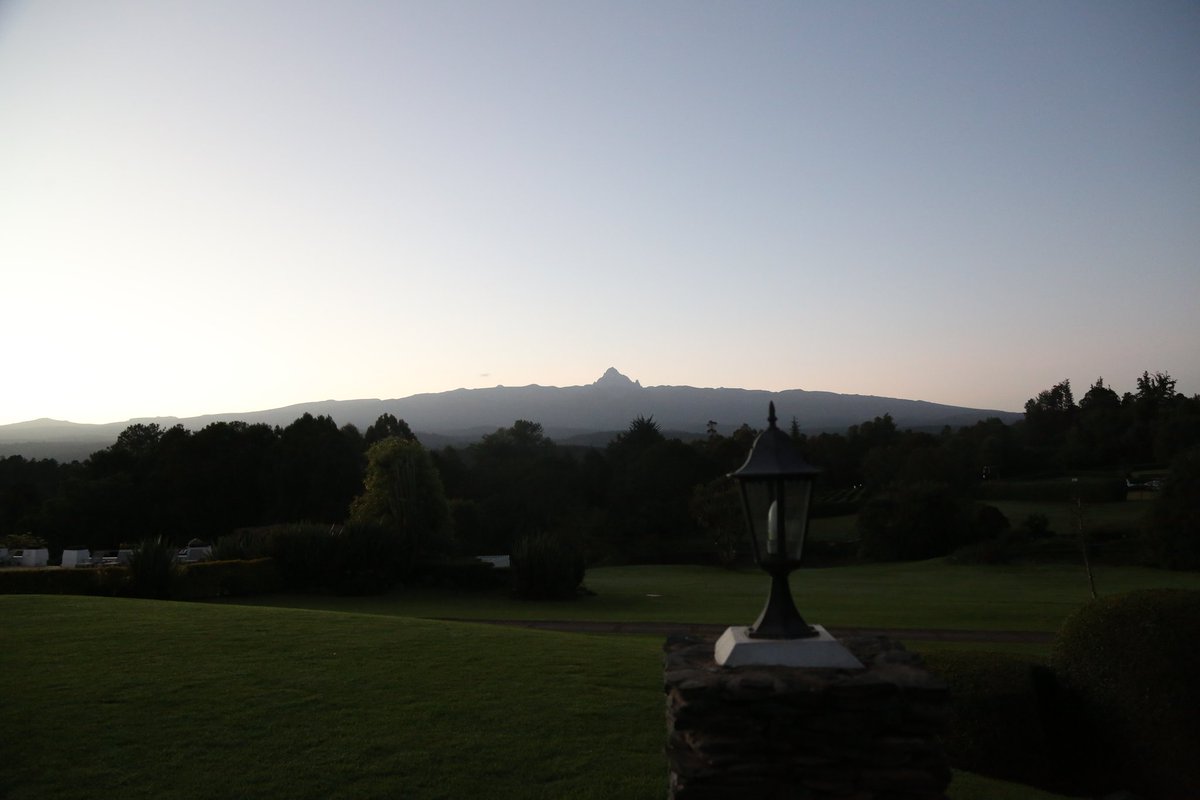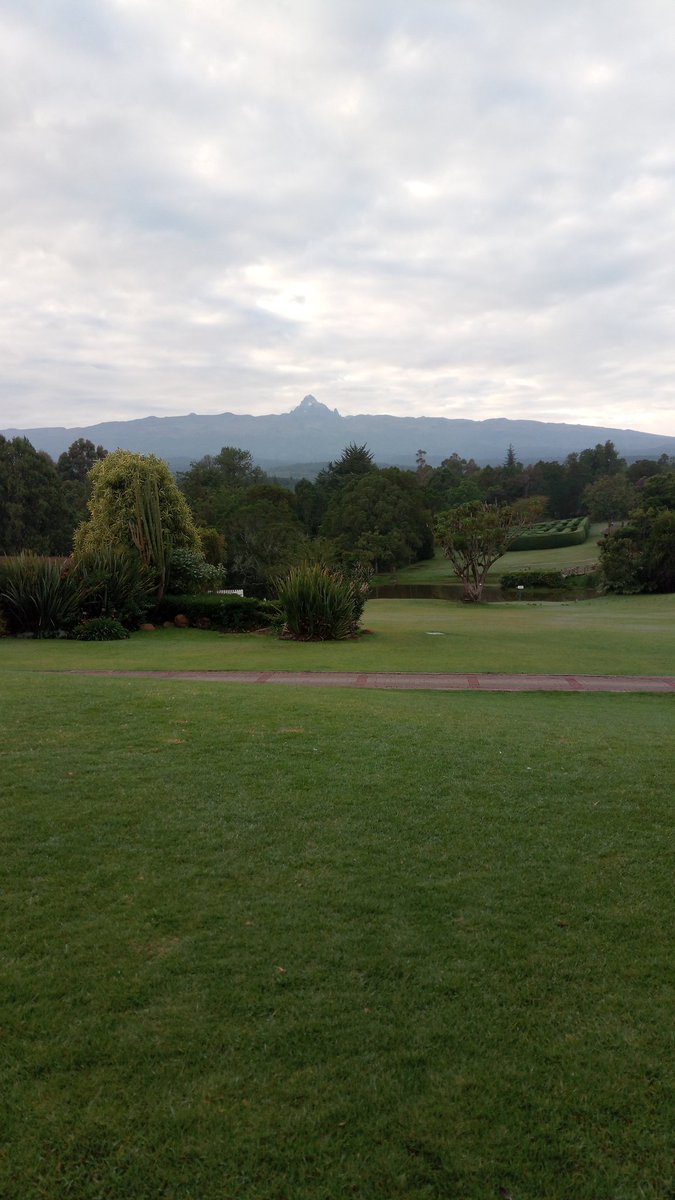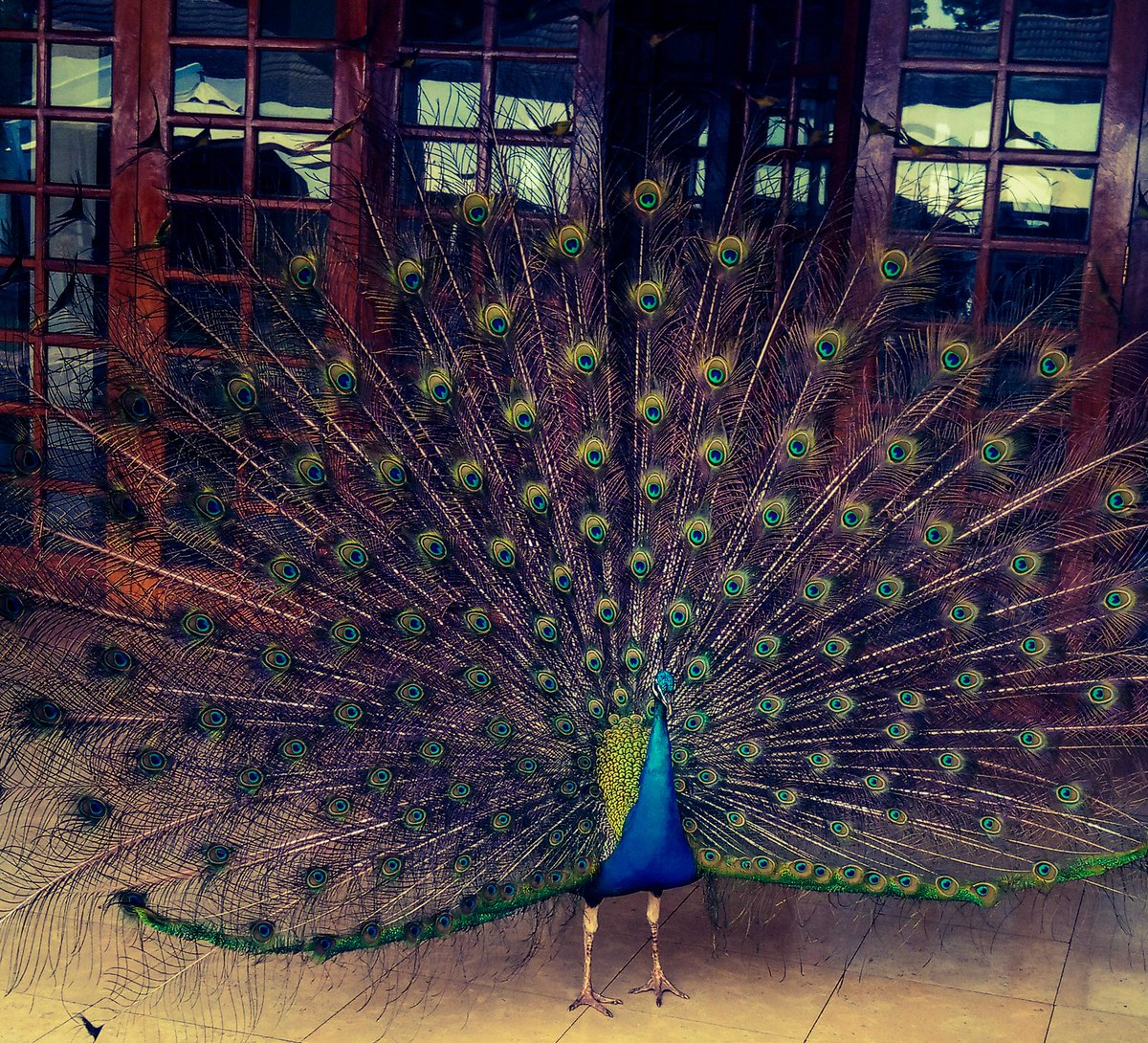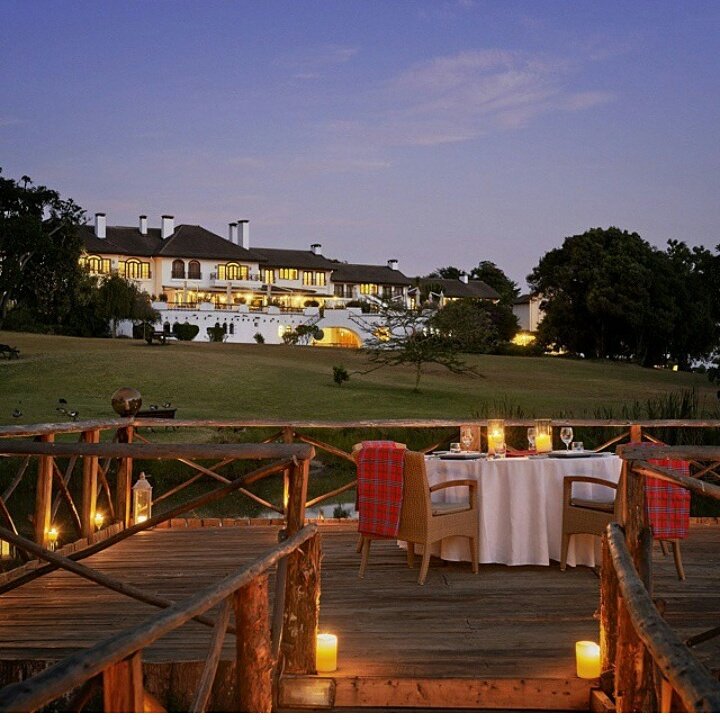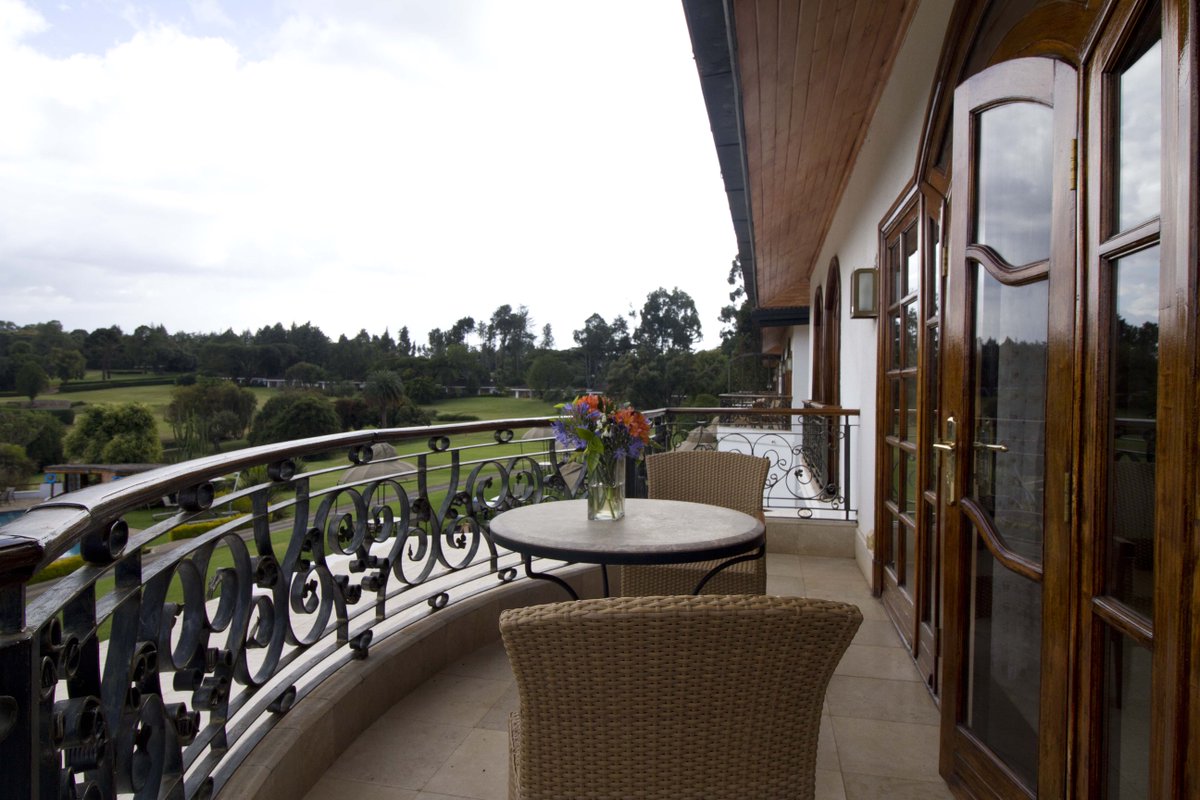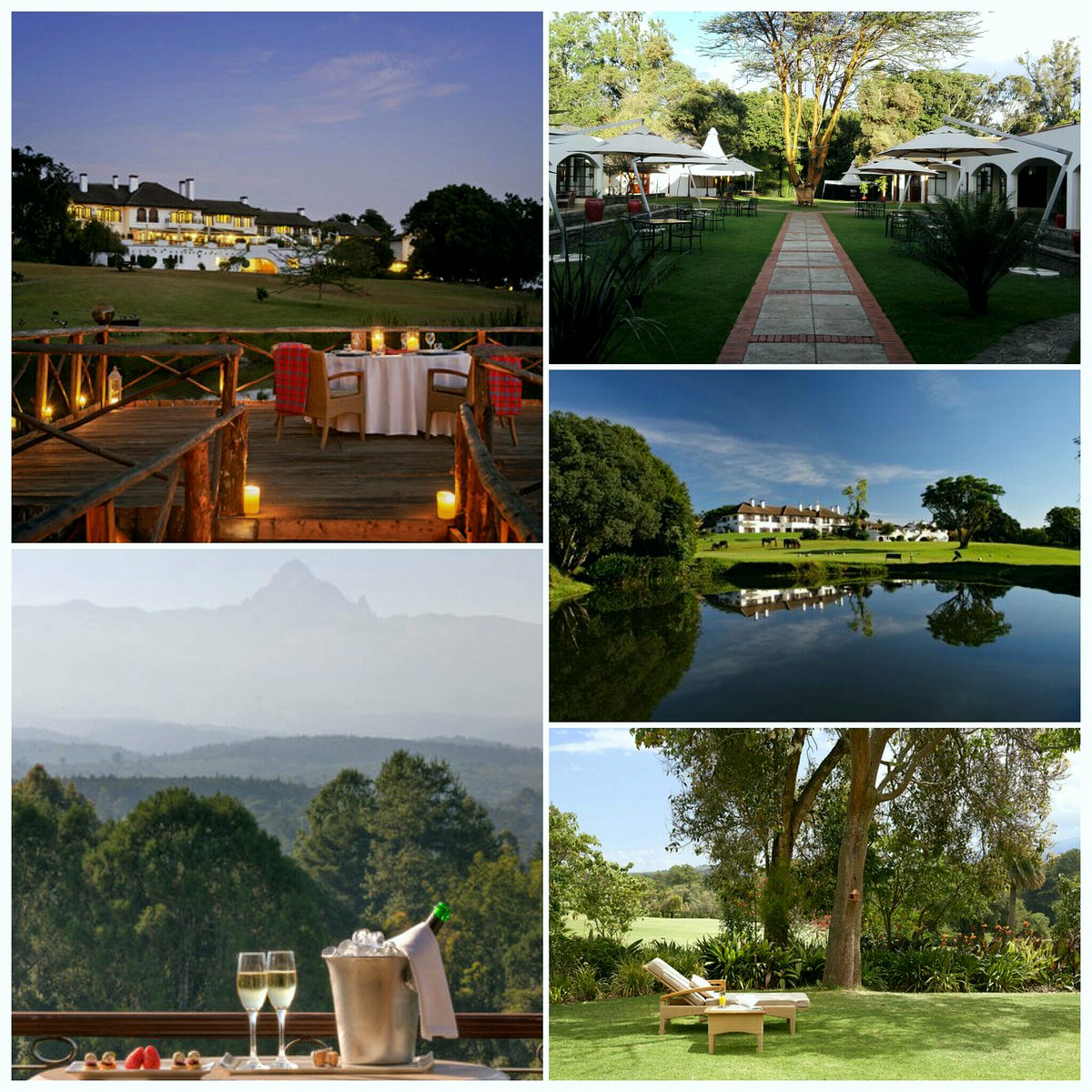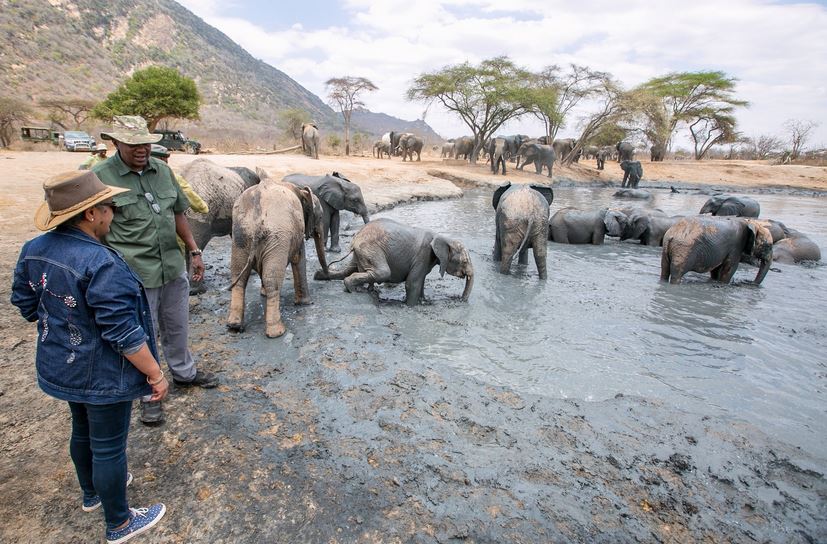Geza Ulole
JF-Expert Member
- Oct 31, 2009
- 59,219
- 79,507
- Thread starter
- #1,041
T+LTravel TipsCelebrity TravelTanzania
Bill Gates Shares His First Ever Instagram Post While Traveling in Tanzania
<a href="Bill Gates (@thisisbillgates) • Instagram photos and videos" target="_blank">@thisisbillgates</a>/Instagram
And he already has 242,000 followers.
Stacey Leasca
August 15, 2017
As the world’s richest man, Bill Gates has more money than, well, anyone. And with just one Instagram photo, he already has more followers than most of us, too.
The Microsoft founder posted his first image on Instagram four days ago, and has since amassed more than 242,000 followers.
But the photograph is garnering attention for good reason, as it shows the billionaire sharing a meal with a few remarkable students in Tanzania.
“Hello from Tanzania, Instagram!,” Gates exclaimed in the caption of his first post. “I just had a great lunch with some amazing kids at Kicheba Primary School in Muheza and met Upendo Mwingira, a remarkable physician who has dedicated her career to fighting neglected tropical diseases.”
Gates went on to explain that he and his wife, Melinda, have traveled to Tanzania several times over the years and “always love seeing how much progress the country has made to improve health and provide opportunity."
"Plus," Gates added, "the scenery is stunning.”
Gates, who recently gave away $4.6 billion worth of shares in Microsoft, added that he wished others could come along for his journeys to “meet the people I get to meet."
"I have no doubt it would leave them as optimistic as I am about progress happening around the world. I’ll be sharing photos from my adventures here on Instagram, and I hope you’ll follow along.”
Hello from Tanzania, Instagram! I just had a great lunch with some amazing kids at Kicheba Primary School in Muheza and met Upendo Mwingira, a remarkable physician who has dedicated her career to fighting neglected tropical diseases. Melinda and I have been coming to Tanzania for many years now. I always love seeing how much progress the country has made to improve health and provide opportunity. Plus, the scenery is stunning. Whenever I travel to places like this, I wish others could come along and meet the people I get to meet. I have no doubt it would leave them as optimistic as I am about progress happening around the world. I’ll be sharing photos from my adventures here on Instagram, and I hope you’ll follow along.
A post shared by Bill Gates (@thisisbillgates) on Aug 11, 2017 at 9:58am PDT
And while vacationing just like Bill Gatesmay seem out of reach, traveling to Tanzania doesn’t have to be.
A trip to this African country promises to be ripe with adventure and excitement — and it can be done affordably. Travelers can visit one of the incredible game parks (like the Ngorongoro Conservation Area and Tarangire) for a once-in-a-lifetime safari. Highlights include the massive Ngorongoro Crater, formed by an extinct volcano, and the wildlife. Lions, wildebeests, hippopotamuses, elephants, antelopes, zebras, and even endangered black rhinos can be spotted on a trip to Tanzania.
Like Gates, travelers will likely be able to dine with locals during a Tanzanian safari.
Of course, if you really want to vacation like a billionaire, you can book a stay at one of the finest safari lodges in the Africa. Consider andBeyond Ngorongoro Crater Lodge or a eucalyptus cottage at Gibb's Farm — one of the top-rated properties on the continent.
Bill Gates Shares His First Ever Instagram Post While Traveling in Tanzania
Sent using Jamii Forums mobile app
Bill Gates Shares His First Ever Instagram Post While Traveling in Tanzania
<a href="Bill Gates (@thisisbillgates) • Instagram photos and videos" target="_blank">@thisisbillgates</a>/Instagram
And he already has 242,000 followers.
Stacey Leasca
August 15, 2017
As the world’s richest man, Bill Gates has more money than, well, anyone. And with just one Instagram photo, he already has more followers than most of us, too.
The Microsoft founder posted his first image on Instagram four days ago, and has since amassed more than 242,000 followers.
But the photograph is garnering attention for good reason, as it shows the billionaire sharing a meal with a few remarkable students in Tanzania.
“Hello from Tanzania, Instagram!,” Gates exclaimed in the caption of his first post. “I just had a great lunch with some amazing kids at Kicheba Primary School in Muheza and met Upendo Mwingira, a remarkable physician who has dedicated her career to fighting neglected tropical diseases.”
Gates went on to explain that he and his wife, Melinda, have traveled to Tanzania several times over the years and “always love seeing how much progress the country has made to improve health and provide opportunity."
"Plus," Gates added, "the scenery is stunning.”
Gates, who recently gave away $4.6 billion worth of shares in Microsoft, added that he wished others could come along for his journeys to “meet the people I get to meet."
"I have no doubt it would leave them as optimistic as I am about progress happening around the world. I’ll be sharing photos from my adventures here on Instagram, and I hope you’ll follow along.”
Hello from Tanzania, Instagram! I just had a great lunch with some amazing kids at Kicheba Primary School in Muheza and met Upendo Mwingira, a remarkable physician who has dedicated her career to fighting neglected tropical diseases. Melinda and I have been coming to Tanzania for many years now. I always love seeing how much progress the country has made to improve health and provide opportunity. Plus, the scenery is stunning. Whenever I travel to places like this, I wish others could come along and meet the people I get to meet. I have no doubt it would leave them as optimistic as I am about progress happening around the world. I’ll be sharing photos from my adventures here on Instagram, and I hope you’ll follow along.
A post shared by Bill Gates (@thisisbillgates) on Aug 11, 2017 at 9:58am PDT
And while vacationing just like Bill Gatesmay seem out of reach, traveling to Tanzania doesn’t have to be.
A trip to this African country promises to be ripe with adventure and excitement — and it can be done affordably. Travelers can visit one of the incredible game parks (like the Ngorongoro Conservation Area and Tarangire) for a once-in-a-lifetime safari. Highlights include the massive Ngorongoro Crater, formed by an extinct volcano, and the wildlife. Lions, wildebeests, hippopotamuses, elephants, antelopes, zebras, and even endangered black rhinos can be spotted on a trip to Tanzania.
Like Gates, travelers will likely be able to dine with locals during a Tanzanian safari.
Of course, if you really want to vacation like a billionaire, you can book a stay at one of the finest safari lodges in the Africa. Consider andBeyond Ngorongoro Crater Lodge or a eucalyptus cottage at Gibb's Farm — one of the top-rated properties on the continent.
Bill Gates Shares His First Ever Instagram Post While Traveling in Tanzania
Sent using Jamii Forums mobile app

